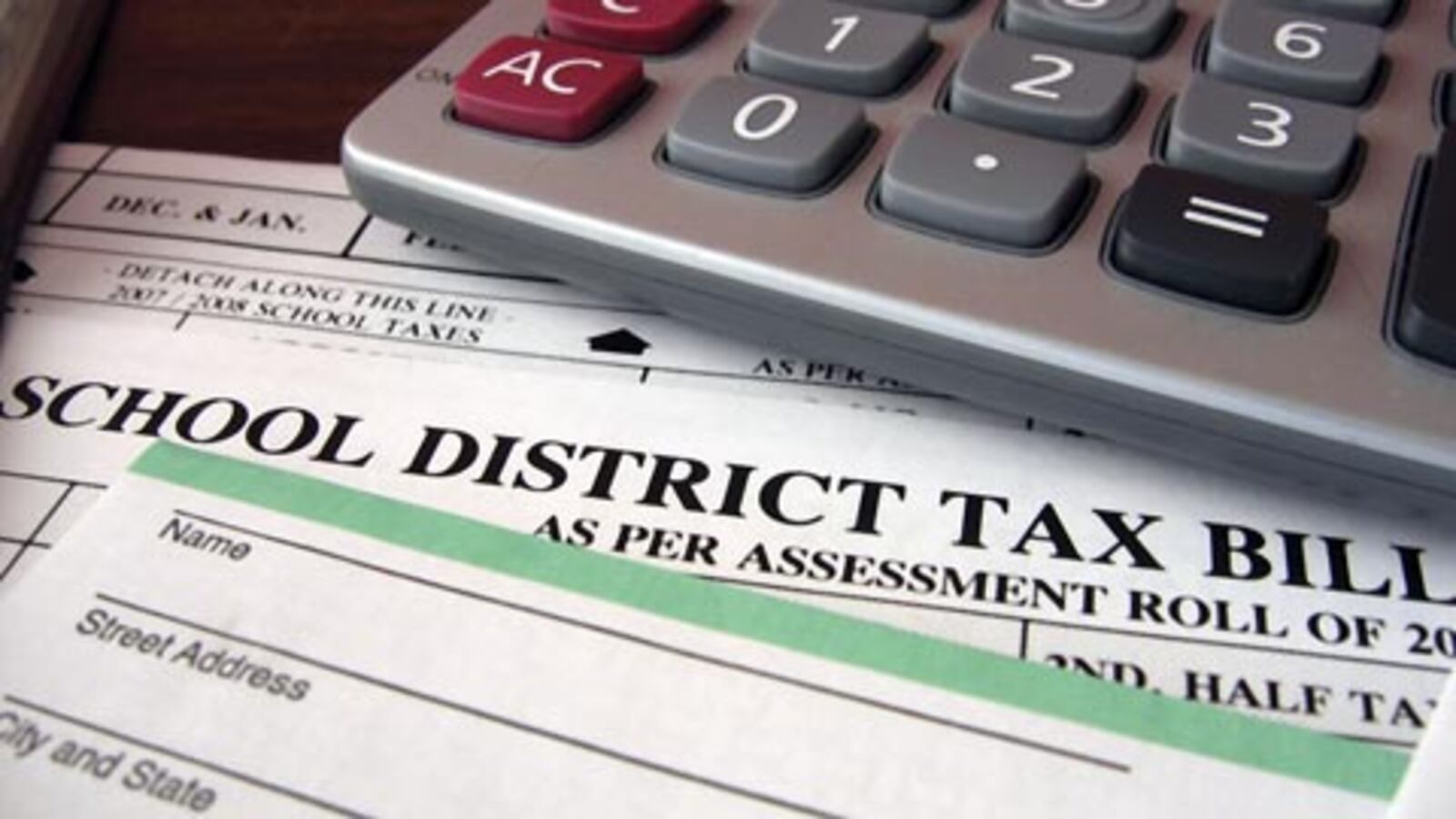A new paper by three Colorado State University researchers argues that residents in many Colorado school districts pay higher property taxes than they would have if the Taxpayer’s Bill of Rights hadn’t been passed.
The study provides details for what many Colorado educators and policymakers have long observed – a shift of school funding responsibility from districts to the state and widened funding gaps between richer districts and poorer districts.
“Property taxes in Colorado have become more unequal and less progressive, and somewhat improbably 81 percent of the state’s population is paying more in property tax than if TABOR had not passed and begun distorting school funding,” the study concludes.
“Taxpayers in 74 of the state’s 178 school districts currently pay more in school property taxes than they would if TABOR was never enacted. These 74 districts contain 81 percent of the state’s population,” the report said.
Passed by a statewide vote in 1992, TABOR is best known for its requirement that state and local tax rate increases have to be approved by voters. But it also contains a complex set of provisions that put limits on both government spending and revenue collection, requirements that have created challenges for governments across the state.
The study focuses on one element of TABOR, a requirement that school district mill levies – the tax rate on real estate – be reduced under certain circumstances. In districts where the tax rate is driven down, the state share of school funding automatically increases under the formula in state school finance law.
“In essence, since most of the larger districts in Colorado were not the ones whose levies were driven down by TABOR, the 81 percent of the state’s population living in these districts were left subsidizing low levies in a subset of the state’s smaller districts whose levies were driven down,” the report said.
“As a result, local property tax rates and burdens plummeted in those [smaller] districts resulting in a reduced reliance on the local property tax and an increased one on state aid. In effect, for these districts, TABOR transferred the burden of funding schools from the local residents to all Coloradans who pay state taxes,” the report continued. “Colorado taxpayers are subsidizing extremely low levies in a small sample of districts, many of which are quite wealthy.”
The study also argues that TABOR has made property taxes more regressive, meaning that lower-income taxpayers pay a higher percentage of their income in property taxes than do higher-income citizens.
And the report also notes that disparities between districts have increased because larger, wealthier districts have an easier time gaining voter approval of mill levy overrides. Those are local property tax increases that provide additional revenue on top of the funding provided through the state school finance formula.
“The use of overrides may be resulting in wealth related spending disparities in public school finance across Colorado,” the report said.
The paper was written with the support of the Lincoln Institute of Land Policy, a foundation that supports research on land policy and land-related tax issues. It was published on the institute’s website.
The authors are economist Phyllis Resnick and Charles Brown and Deborah Godshall of the CSU Colorado Futures Center, a Colorado think tank that originated at the University of Denver but now is part of CSU. Brown and Godshall are former senior legislative staff members with expertise in the state budget and school finance.
The center issued major studies in 2011 and 2013 detailing the gap between revenues and mandated spending Colorado faces in the future. Read about the 2011 study here and see this story about the 2013 update.
A group of civic leaders called Building a Better Colorado is studying possible changes to fiscal provisions and other parts of the state constitution, but no specific proposals have been developed.
Talk about funding inequities among districts starting to bubble at the Capitol during the 2015 legislative session, and the issue is expected to surface again in 2016.

